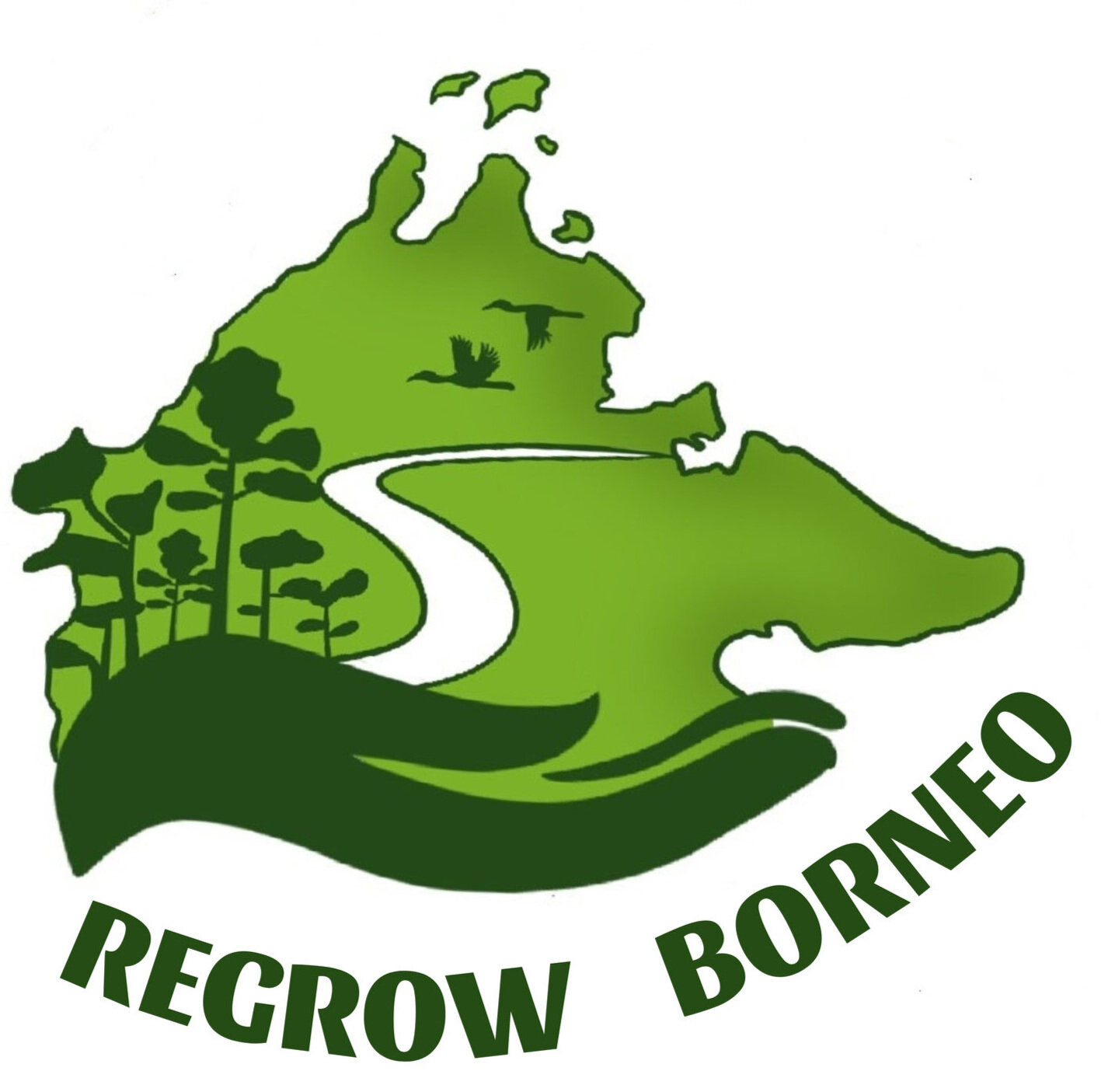Reforestation for the benefit of ecology, climate, and communities
Regrow Borneo brings together scientific expertise and the wealth of local knowledge and experience of local community-based reforestation organisations of the Kinabatangan.
We reforest precious lowland tropical forests. These forests are made up of a patchwork of different soils, experience flooding nearly every year, and create a range of habitats that support a wide variety of wildlife and human interests. The complexity of these forests present challenges and opportunities. By taking on these challenging locations, our project seeks to provide new scientific insights, which in turn will deliver new models and approaches for forest restoration.
We are fortunate to count on long term trusted relationships, with local communities, state government and departments, and academic institutions in Malaysia. These partnerships allow us to tackle some of the most challenging areas to reforest, that many traditional tree planting programs would avoid.
Our focus is on developing a model of reforestation that will benefit people, wildlife, and climate. In this sense, our aim is not to plant the highest number of trees, rather to plant trees where they are most needed. Our vision is an ambitious one. During the UN Decade on Ecosystem Restoration, this work is timely and we hope that our model, once developed, will be replicated elsewhere and allow other organizations to successfully reforest areas that previously would have been overlooked as “too difficult”.
a healthy hectare
For Regrow Borneo, restoring a healthy hectare means planting local trees from a community nursery and maintaining them for 3 years. Without maintenance, monitoring, and sometimes replanting, natural processes such as flooding or predation (monkeys and deer eating our saplings) may not allow them to grow tall enough to survive.
We then monitor each forest hectare using modern, drone-based, and traditional survey techniques. For more information about our approach, see our think piece written in The Conversation
ecology
The Kinabatangan River floodplain is home to important and iconic species, such as the orangutan, Bornean elephant, and proboscis monkey. Building on 20 years of experience in conservation, we monitor and assess the changes in plant and animal populations through the project. This will include the development and monitoring of botanical plots, where we identify the plant and tree species present in each area and their abundance. Camera traps allow us to record the presence of large animals, and we conduct regular surveys of smaller animals, such as frogs.
Communities
We partner with local community organisations who play a key part in deciding which areas we restore and how this should be done. These community groups are central to every part of the process, harvesting seeds from the forest, growing, planting, and maintaining seedlings, and monitoring sites after planting. Regrow Borneo pays a living wage for their work and provides a sustainable alternative source of income to oil palm agriculture. Our work model also supports the growing environmental tourism in the area. We undertake academic research to establish the impact of our reforestation work upon local communities.
carbon sequestration
We all have a part to play in addressing the Climate and Nature Emergency. Globally, reducing our carbon emissions is an urgent priority. But with atmospheric carbon dioxide levels at a record high, we must go further – mitigating not only our current emissions but drawing down those of the past.
Tropical forests are extremely efficient at removing carbon dioxide from the atmosphere and storing it as wood or in soil. A healthy, mature hectare of Bornean rainforest will store up to 400 tonnes of carbon (equivalent to 1400 tonnes of carbon dioxide). Tree trunks, branches, leaves, and roots all contain carbon. When leaves fall and trees die, they also add carbon to the soil. We measure the amount of carbon stored within the trees and soils of each of our botanical plots, allowing us to accurately report on the amount of carbon dioxide that our newly planted forests remove from the atmosphere.





